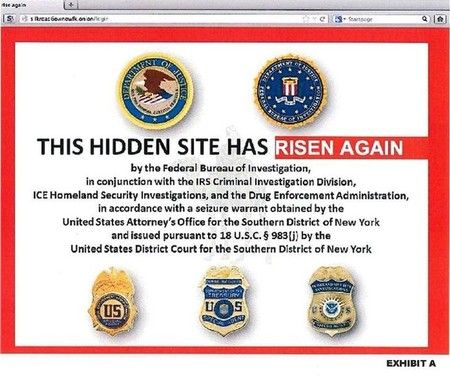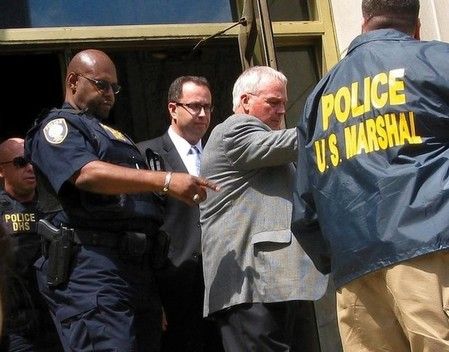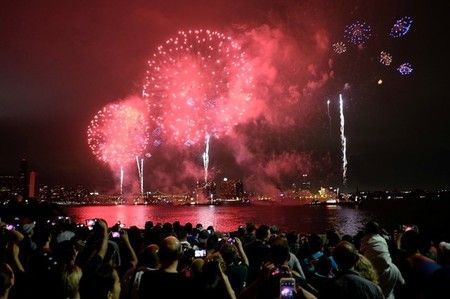Gary, Indiana Church A Glimpse of What Was

Gary, Indiana is an area long abandoned. Once a thriving burg built upon the wealth of the steel industry, it enjoyed a diverse and prosperous boom at the beginning of the 20th century. It was a hub of Eastern European immigrants, people who came to America for a better life. In fact, at one point, nearly 30 percent of its citizens were not native born.
When 1930 rolled around, Gary had grown from town to city – the population exceeded 100,000 for the first time as it readily embraced people from all walks of life.
Like many areas reliant on steel, Gary’s fortunes lived and died with the industry. When the demand for steel was high, it enjoyed prosperity and excitement – downtown was bustling and people were happy and fulfilled. But it didn’t stay that way for long.
In the 1960s, overseas competition saturated the steel market and US companies were forced to lay off steelworkers everywhere, including Indiana. As people became more impoverished, the city became more criminal and the cycle began: more crime, less opportunity, less opportunity, more crime.
Many citizens fled, abandoning the suburbs and the city streets and moving to places like Chicago or Indianapolis. Today, the population is nowhere near its early 1900s mark. Instead, it’s estimated in the high 70,000’s. The crime rate has skyrocketed and the citizens often complain of a sulfur-like scent that the city emits.
But, despite its struggles, Gary has beauty inside of it. It’s most famous, perhaps, for being the birthplace of the Jackson Five (otherwise known as Michael Jackson and his brothers). It’s also recently acquired a bit of Hollywood flair – since the early 2000s, filmmakers have expressed interest in using the area for everything from documentaries to blockbusters. The remake of A Nightmare on Elm Street and Transformers: Dark of the Moon were both filmed in Gary.
With many buildings on the National Registry, the history of Gary is visible to those passing through. The City Methodist Church is among the still-standing structures that signify what used to be. A large, ornate cathedral carved out of Bedford Limestone, it was built in 1925 in a Gothic style. During its heyday, it served 3,000 worshipers each Sunday morning.
The lifespan of the church was almost shorter than a Catholic mass: it only lasted fifty years. As the steel industry collapsed and citizens fled the area, the City Methodist Church struggled to fill its seats. In 1975, it closed its doors for good.
The church wasn’t torn down, largely because the property wasn’t sold. Instead, it was merely boarded up, left standing and crumbling all at the same time. Though it’s stood vacant for over forty years, its beauty stubbornly remains and it’s become a popular destination for urban explorers, photographers, and the curious.
Gary’s reputation often precedes it, though crime and danger can happen anywhere; even Mayberry probably had a few bad seeds. Still, the beauty is palpable in the church that once was, inside the town that once was.














